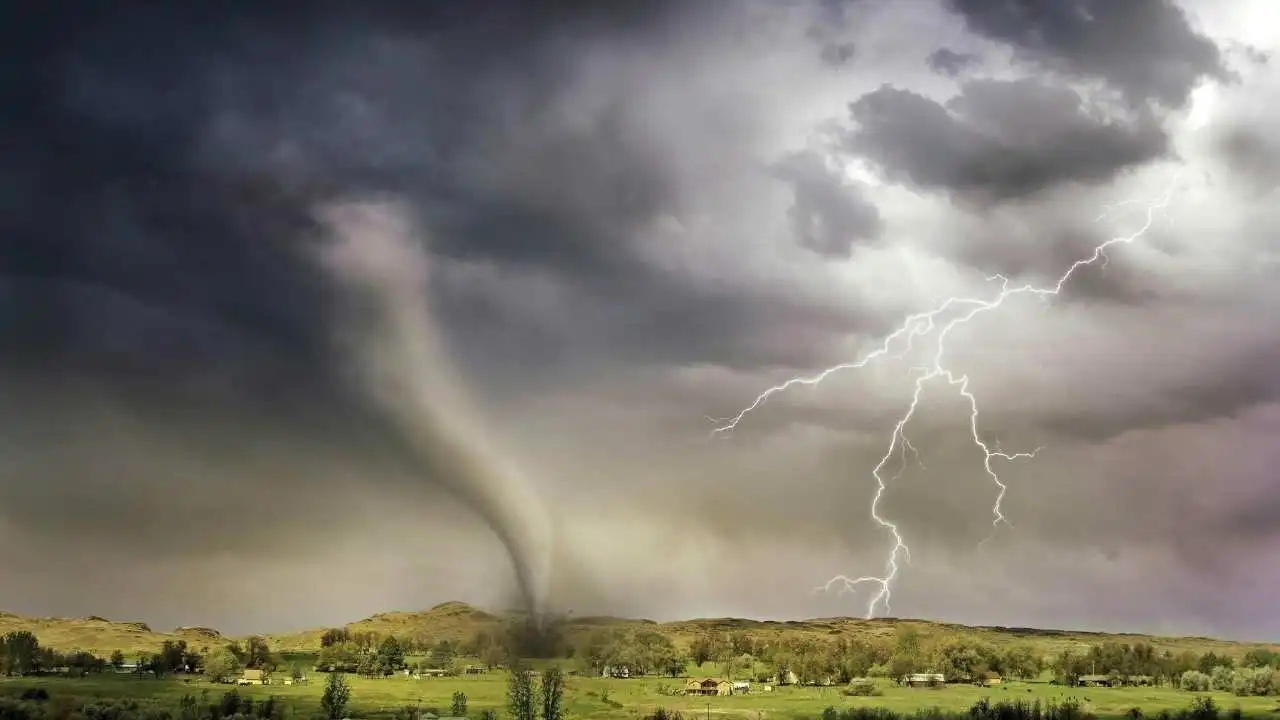Is Hvaldimir the beluga a Russian spy? He wouldn’t be the first militarized mammal

The Sunday magazine10:00 amThe history of animal espionage
It may be impossible to interrogate Hvaldimir the beluga about his connection to Russian espionage, but if he’s a spy, he wouldn’t be the first sea creature to be assigned a secret mission.
The whale first surfaced near Norway in 2019 with camera gear marked “St. Petersburg gear,” leading some to question whether the whale was a Russian spy. It was named Hvaldimir, which is a combination of the Norwegian word for whale and Russian President Vladimir Putin.
The whale returned to Scandinavian waters in May, this time off the coast of Sweden.
“It’s all shrouded in mystery,” Gervase Phillips, a lecturer at Manchester Metropolitan University in the United Kingdom, told me. The Sunday magazine guest host David Common.
“There’s definitely a history, there’s definitely a precedent,” Phillips said of military forces employing animals. “But it’s really, really hard to say for sure what’s going on.”
“It seems to me that he was [a spy]he has stopped,” said the academic who wrote about Hvaldimir in 2019. “Animals have always been involved in great numbers in our silly conflicts.”
Aquatic Agents
Hvladimir wouldn’t be the first sea creature to be recruited by humans. During World War I, the British trained sea lions to chase German U-boats.
But it wasn’t really a success. The sea lions, who were former circus performers, decided to pursue other interests.
“Once they got to the North Sea, they generally turned out to be more interested in fish than chasing German submarines,” Phillips said.
The US also tried to train marine life to join their navy. It used dolphins to protect its harbors.
That turned out to be a success, because dolphins, Phillips said, are the dogs of the sea.
“They often do the same type of work that a military working dog would do on land. So mine detection, guard duty, tracking, those kinds of functions, a dolphin or similar marine mammal can do in the sea,” he said. Phillips.
Americans used dolphins in the Vietnam War and the 1991 Persian Gulf War, and they are still active members of the Navy, he added.

Pigeon spy photographers
While the pigeon can be seen as a pest, the bird actually spent time in the military with a role similar to the world’s first drones.
Julius Neubronner, a German pharmacist, used pigeons to deliver prescriptions. But then he came up with another use for the birds.
“Eventually he came up with the idea of attaching small cameras to large birds with a timer on the shutter,” said Phillips.
“Pigeons are incredibly smart creatures and you can train them to distinguish between man-made and natural features of the landscape.”

Neubronner patented it in 1907 and it more or less worked. The pigeon spy career failed, because the information they collected was not that useful.
“What you got with your pigeon cameras was pictures of trees and fields and things that would be essentially interesting to pigeons,” Phillips said.
As technology progressed, spy planes took over and the pigeon became better known as a nuisance that leaves droppings on the balconies of apartments.
Early Equine Therapy
Canada has its own history of animals serving in the security services. Dogs and their expert trackers have been used by the police and military. And horses were heavily used in the world wars.
During World War I, Canada sent more than 6,000 horses along with the 1st Canadian Division, according to James McKillip, a historian with the Canadian Forces Directorate of History and Heritage.

While McKillip said the first thing people will think of is the Stations of the Cross, that was only a small percentage of what horses did in the war effort. He said horses were also used to tow artillery and as a means of transportation.
But their unique advantage came from helping soldiers. McKillip said battle-weary or shocked soldiers who could not fight were tasked with tending the horses.

“[The Canadian military] started to realize that a lot of these guys bonded with the horses and that it helped them deal with the emotional strain they had been going through,” McKillip said.
“The effect of that was that there were quite a few guys who … were able to return to normal service before the war was over.”
Horses were almost phased out by World War II. Today, horses take on a ceremonial role in the Canadian military and perform the Musical ride across Canada every year.
In addition to horses and dogs, McKillip said animals such as goats and bears have played a role in military units as mascots, like the legendary bear Winnie.

Success or failure?
Military animals have proven to be a mixed bag for tactical effectiveness. As technology advances, many other creatures may go the way of the dove and horse.
But that doesn’t mean there won’t be new recruits for the international war effort.
Whether Hvladimir the beluga is a spy or just a friendly whale, it will be important for Canada to monitor creatures in its Arctic waters, Phillips said.

“I think the little guy is his own boss now… These are animals after all,” Phillips said.




